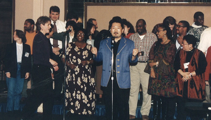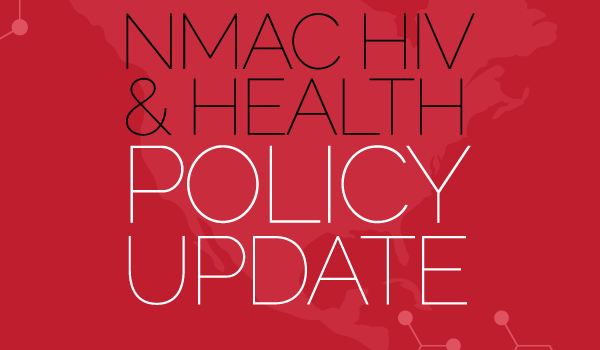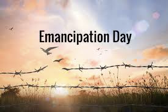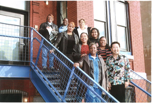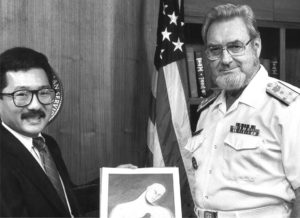We asked some of our 50+ Scholars to share their experiences from the 2019 National HIV Prevention Conference last month in Atlanta. Our next Scholar is Rodney McCoy, Jr..
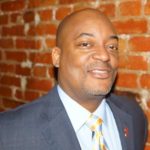 I was fortunate to attend the 2019 HIV Prevention Conference, held this past March 18th through the 21st in Atlanta, Georgia. This opportunity was made possible thanks to a sponsorship from the National Minority AIDS Council (NMAC) for their HIV 50+ Scholars program. With this sponsorship, I chose to attend the HIV Prevention Program because I believe in the power of prevention. As the saying goes: “An ounce of prevention is better than a pound of cure.”
I was fortunate to attend the 2019 HIV Prevention Conference, held this past March 18th through the 21st in Atlanta, Georgia. This opportunity was made possible thanks to a sponsorship from the National Minority AIDS Council (NMAC) for their HIV 50+ Scholars program. With this sponsorship, I chose to attend the HIV Prevention Program because I believe in the power of prevention. As the saying goes: “An ounce of prevention is better than a pound of cure.”
This is the reason that PrEP has emerged as a powerful “tool in the toolbox” in the fight against HIV: taking a pill a day to prevent HIV infection can save not only funds in the costs of care, but also can spare individuals the physical, mental and social challenges that come with living with HIV. PrEP was referenced during the Opening Plenary on that Monday; PrEP also took center stage during the Tuesday morning Plenary Session. Yet Gina Brown (of the Southern AIDS Coalition), in telling her story of living with HIV and working in HIV Prevention, provided a sharp and necessary warning in insisting that “we won’t be able to test AIDS away.” Her presentation stood out to me as a reminder that “getting to zero” involves must more than getting those at risk to get tested (which, ironically, PrEP relies heavily on). Ms. Brown encouraged us to address the stigma around HIV, which prevents at-risk individuals to acknowledge their risks for HIV infection.
There were a number of presentations to choose from. As a Health Impact Specialist for DC Health, I chose to attend presentations from my colleagues with DC Health’s HIV/AIDS, Hepatitis, STI and Tuberculosis Administration (HAHSTA). As I work with the Office of Health Equity (OHE), which also co-sponsors a youth program geared toward reducing violence among young people, I was also interested in attending sessions focused on prevention to this population. I attended the “Increasing Access to PrEP through Dedicated Navigation” presentation, as well as the Outcomes of School-Based Interventions to Reduce HIV and STDs session. Most relevant to me was the poster presentation on Sexual and Gender Minority Youth Health, which examined violence victimization and risk factors among sexual minority high school students. (This affirmed OHE’s efforts to include the LGBT community in the discussion of violence among young people.)
A highlight of the conference for me was participating in NMAC’s Video Project. NMAC recorded community leaders at this year’s conference to get responses to questions regarding PrEP; reaching those out of care, and ending the epidemic.
As a person who is over 50 years old, however, I was disappointed to see only one session geared specifically to addressing aging. I was happy, therefore, to raise the issue of aging in the sessions I participated in, as well as my personal conversations with friends and colleagues who also attended the conference.





